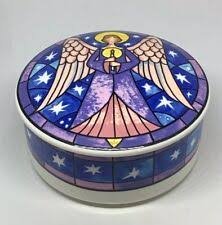While visiting a Sister in our Care Center the other evening, I was struck by something I witnessed which seemed so very natural.
My friend was engaging through her window with a visitor and his dog as they made their way to visit, presumably a loved one, at our neighbour - St. Joseph’s Hospice of London. Their exchange was warm and one that you would give to someone you had formed a relationship with – even though it was through the window! The dog came up to her window looking quite comfortable at seeing her standing there – almost waiting for his arrival at her window on their visits at least twice each day.
I was struck by her connection made with this stranger – coming to stand beside his loved one, knowing perhaps that this might be the last visit for him and his canine companion. It seemed to me that this stopping point or a place of pause might be to give him courage to go forward, not really knowing what awaited him once inside.
Reflecting on this encounter, I realized that outreach happens quite simply through the window of our home. Meaningful gestures of support and encouragement offered to individuals on their way into Hospice.
A noticeable gesture of intimacy expressed by both the visitor and the Sister without a word being spoken.
-Sister Ann MacDonald, CSJ
Image: Unsplash/Adeolu Eletu










